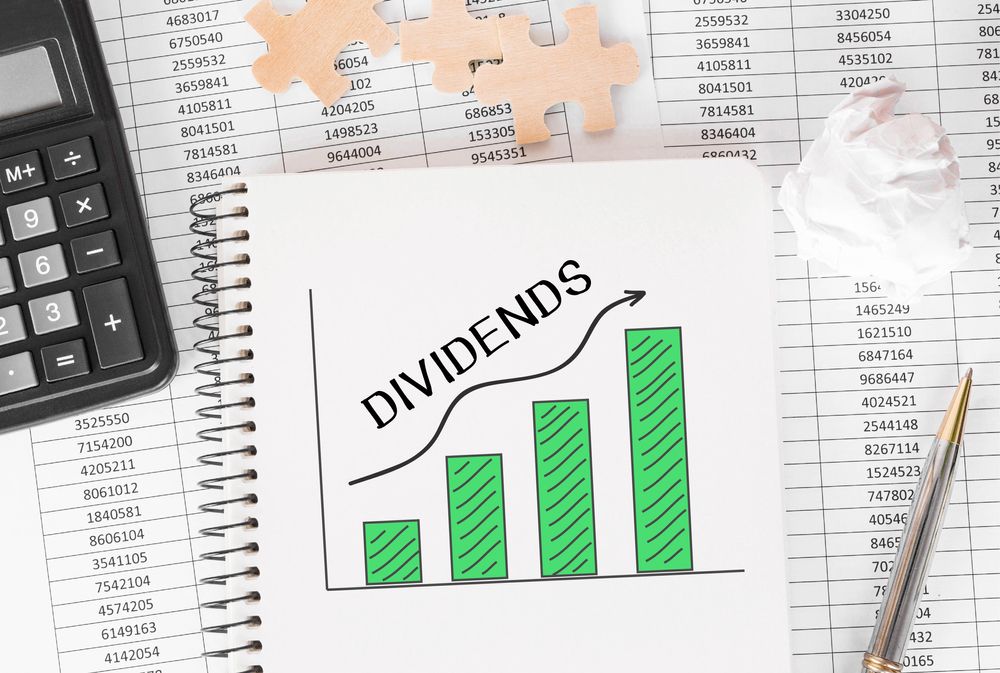Investing money wisely to build wealth over time is a common goal among individuals seeking financial security. The stock market offers a plethora of options, but two prominent categories of stocks often come under scrutiny: dividend stocks and growth stocks. Both have the potential to enhance your portfolio, but they do so in different ways. Understanding the nuances between these two types of investments can help consumers make informed decisions and potentially maximize returns. Whether you’re a seasoned investor or new to the world of finance, grasping these concepts could set you on the path to financial empowerment.
Dividend Stocks
Dividend stocks are shares in companies that distribute a portion of their earnings to shareholders in the form of dividends. These payments, typically made quarterly, provide investors with a steady income stream in addition to any appreciation in the stock’s price. Dividends are often associated with well-established companies with a history of stable earnings, such as those in the utility, telecommunications, and consumer goods sectors.
One appeal of dividend stocks is the potential for passive income. Investors who hold a substantial amount of dividend-paying stocks can benefit from a regular cash flow without needing to sell any shares. This can be especially attractive to retirees or others looking for consistent income streams.
Dividend stocks are often perceived as less risky compared to growth stocks. They tend to be less volatile and are usually seen as a safe haven during uncertain market conditions. This stability comes from the fact that companies with reliable dividend payments are often financially robust, with a track record of managing economic ups and downs effectively.
However, it’s important to note that not all dividend stocks are created equal. The “dividend yield,” calculated as the annual dividend payment divided by the stock’s current price, is a critical metric. While a high dividend yield may seem tempting, it can sometimes be a red flag indicating that the company’s stock price is low due to potential financial troubles. Therefore, a prudent approach involves choosing companies with sustainable dividend payout ratios and solid earnings growth.
Exploring Growth Stocks
Growth stocks represent companies expected to grow at an above-average rate compared to other companies in the market. They typically reinvest earnings into the business rather than paying dividends, using retained earnings to expand operations, develop new products, or enter new markets. These companies are often in sectors like technology or biotech, where the potential for rapid growth is high.
The primary advantage of growth stocks is the potential for substantial capital appreciation. If the company’s growth objectives pan out, the value of its stock can increase significantly, rewarding investors with substantial gains. Many investors are drawn to the excitement and aggressive growth strategies of companies like Amazon, Netflix, or Tesla, all of which have historically shown impressive returns.
However, growth stocks come with their own set of risks. They are usually more volatile than dividend stocks and can suffer steep declines during market downturns or if the company fails to meet growth expectations. The reliance on reinvested earnings means these companies often don’t pay any profits out as dividends, leaving investors waiting for capital gains to secure their returns.
Investors in growth stocks often need to be more engaged and willing to monitor their investments closely. Understanding market trends and company performance is crucial to make timely decisions. This approach can be more hands-on than investing in dividend stocks, requiring a higher tolerance for risk and, often, a longer investment horizon.
Comparing Wealth-Building Potential
When evaluating which type of stock might build wealth faster, several factors come into play. It’s not simply a matter of choosing one over the other; rather, it’s about aligning your investment strategy with your financial goals, risk tolerance, and time frame.
Income vs. Appreciation: Dividend stocks are generally more favorable for those primarily seeking income. They produce a regular revenue stream, which can be reinvested to purchase additional shares and compound over time. Growth stocks focus on capital appreciation, aiming for a single end payoff where the value of the investment significantly exceeds the initial outlay.
Risk and Stability: An investor’s risk tolerance greatly influences this decision. Dividend stocks may offer peace of mind with their stability and regular payouts, while growth stocks may attract those with a higher risk appetite due to their greater potential for dramatic gains.
Market Conditions: During bullish markets, growth stocks have the potential to outperform significantly, rewarding investors with large returns. In contrast, dividend stocks tend to be better performers during bear markets or economic downturns, as they provide solid returns through dividends even when stock prices are flat or falling.
Tax Implications: The taxation of dividends versus capital gains can influence investment strategy. In many jurisdictions, long-term capital gains are taxed at a lower rate than short-term gains or dividends. Thus, the tax efficiency of growth stocks could be beneficial for investors in higher tax brackets if they realize their capital gains after holding the stock for a specified period.
Diversifying for a Comprehensive Strategy
For most investors, a diversified approach that includes both dividend and growth stocks may be the optimal strategy. This allows investors to benefit from the steady income stream provided by dividend stocks while still taking advantage of the high growth potential of growth stocks.
- Investors nearing retirement or those needing regular income streams may lean more heavily towards dividend stocks, ensuring a stable income flow to cover expenses.
- Those with a longer investment horizon or higher risk tolerance may prefer a higher proportion of growth stocks to capitalize on potential market appreciation.
- A balanced portfolio can smooth out the volatility inherent in growth stocks with the stability of dividend stocks, thereby minimizing risk while aiming for substantial long-term returns.
The choice between dividend and growth stocks isn’t necessarily an either/or decision. Each has its advantages and can complement the other in a well-rounded investment strategy. Investors should assess factors such as their financial goals, investment horizon, risk tolerance, and market outlook to determine the right mix of dividend and growth stocks in their portfolios. With careful consideration and strategic planning, it’s possible to harness the strengths of both to build substantial wealth over time.



